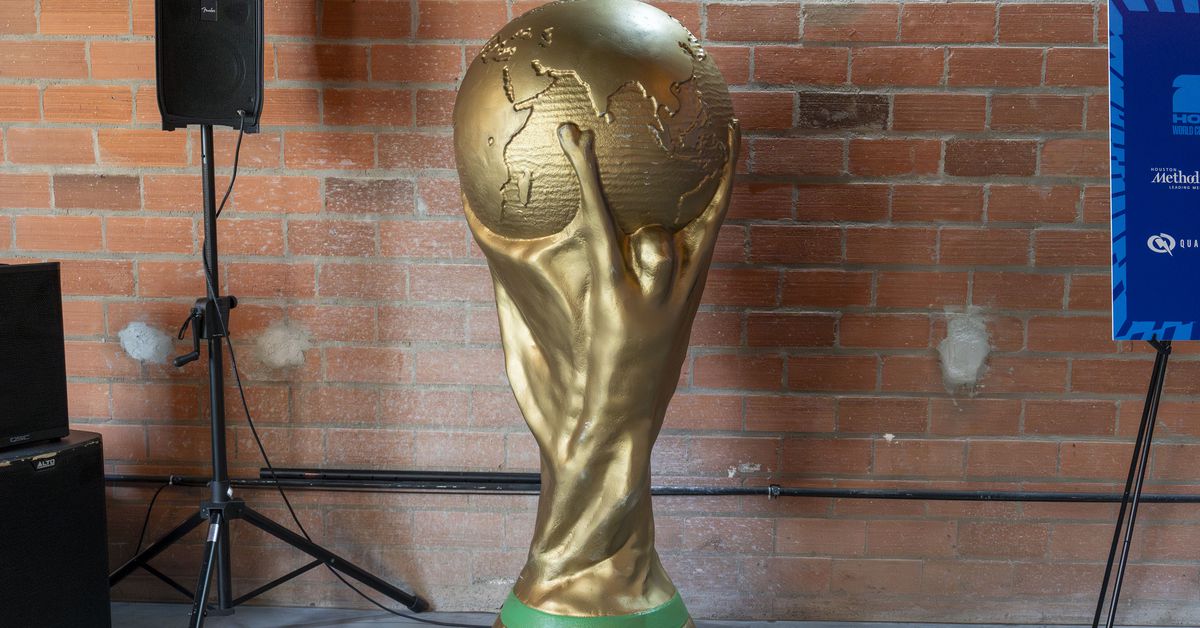After the 2026 World Cup and (likely) the 2031 Women’s World Cup leaves the United States, we may not have to wait long for the biggest tournament on the planet to return. The Athletic’s Adam Crafton is reporting that at the recent FIFA Congress, which took place this week in Paraguay, New Zealand has explored plans to partner with the United States and Fiji to bid for the 2038 World Cup.
The 2030 World Cup is already confirmed for Spain, Portugal, Morocco, Uruguay, Argentina, and Paraguay, while the 2034 World Cup will be in Saudi Arabia. That means for 2038, unless FIFA decides to change its bid procedure, only bids from Oceania and Concacaf will be accepted.
Enter New Zealand, who co-hosted the 2023 Women’s World Cup with Australia. However, with Australia being a part of the Asian Football Confederation, they are not allowed to band with their island neighbor to bid on 2038 with the confederation hosting in 2034. That is forcing New Zealand to get creative in exploring a possible bid. That creativity, according to Crafton’s report, includes partnering with the United States and Fiji.
NEW: Inside FIFA congress
FIFA reduce Club World Cup prices again, many group games now available for $30
New Zealand target 2038 trans pacific World Cup, seeking co-hosts, which may mean USA + Fiji (!)
Infantino’s Trump ties worrying Canada + Mexicowww.nytimes.com/athletic/636…
— Adam Crafton (@adamcrafton.bsky.social) 2025-05-17T11:01:56.615Z
Fiji has long wanted to build a stadium that they think would be capable of hosting big time matches, and it would add to New Zealand’s potential plan for a 2038 World Cup that could have at least 48 teams but potentially 64. Part of those plans could also include hosting matches in Hawaii, who is building a new stadium to replace Aloha Stadium. The new stadium would be less than the old stadium’s 50,000-seat capacity, but could be temporarily expanded for a World Cup. Finally, there would in theory be matches in the continental United States, creating a trans-Pacific affair.
With both the men’s and women’s World Cups now at 48 teams and lots of serious chatter about expanding the men’s tournament to 64 teams, FIFA has now created an issue that only some nations could bid for the World Cup without partnering with a co-host. That increases the complexity of the logistics for players, staff, and fans to get from one place to another. That includes visas, accommodations, and flights even before you get to the match tickets. A trans-Pacific World Cup would see teams and fans potentially flying 15 hours or more to get from a match in New Zealand to a match on the west coast of the United States, which means jet lag could be a major factor. For the USMNT, it would mean that after two rotations, they would once again automatically qualify for a World Cup as the co-hosts.
There’s also the possibility that FIFA could allow other nations from confederations that are technically excluded from consideration. Concacaf president and FIFA vice president Victor Montagliani has reportedly encouraged England to bid for the 2038 World Cup. England, who are joining the rest of the United Kingdom – Scotland, Wales, and Northern Ireland – as the likely hosts of the 2035 Women’s World Cup, have not hosted the men’s tournament since 1966. An England bid, if allowed by FIFA, could be seen as a more popular option, especially if paired with another country. For New Zealand, if England is allowed to bid for the World Cup, they could ask for an exemption to co-host with Australia. However, that feels unlikely given that Asia (Saudi Arabia) is hosting in 2034 and they won’t allow a confederation to host two consecutive World Cups. That mean pairing with the United States feels like the best chance New Zealand have of hosting the men’s World Cup.
There’s a long way to go before FIFA decides on the 2038 World Cup. But, it’s possible that American fans may once again have matches end up on our soil 13 years from now.
